
Cozy winter nights, sweet Christmas treats, and the aroma of a beautiful wood burning fire place describe some of our favorite moments in the winter season. While there are many Calgary home owners who prefer gas fireplaces (for convenience) to natural wood burning, it’s still hard to match the rustic and natural feel of a wood burning fireplace.
There are many choices for firewood for homes, such as hardwoods or softwoods, fruits or nuts, and heat energy limit, high smoke or less smokey, and even the color of fire. Different firewood will bring out specific aroma, heat, smoke, and will have shorter or longer burning times.
If you live in Canada, it’s difficult not to have your fireplace running throughout the winter season, we’ve got a quick guide of some of the best wood to purchase for your home!
Use our quick navigation guide below to jump to any point of our blog on The Best Firewood for your home:
- Indoor Firewood Suggestions
- Measuring The Heat Production in Firewood
- Homes For Sale In Calgary With Fireplaces
Before we jump in, here are a few firewood terms and lingos that we use or that are commonly used that you should know!
Cord - This is the measurement used when purchasing firewood. One cord of firewood should measure 4ft (tall) X 4ft (deep) X 8 ft (wide)
Green - Wood that is freshly cut / alive that still has moisture in it - Freshly cut firewood can contain up to 50% moisture. Firewood should be dry and seasoned properly to burn effectively
Seasoned - Wood that has been cut and is now dried out, this is the most desirable state when purchasing wood, when you go to purchase wood, ensure you ask when the wood was first cut by the seller. You'll typically find that well seasoned wood contains darker ends with more visible splits and cracks, lighter in weight, and has a more distinctive 'clink' type sound when hitting two pieces together. Ideal seasoned wood should come from dead standing trees that has been off the ground so it isn't wet and collecting moisture from the ground throughout the various seasons.
Indoor Firewood Suggestions
Apple / Ash
A favorite for many, these types of wood burn well on their own, producing a steady and consistent flame, good output in heat and Applewood has some of the best aroma while ash has more of a neutral odor when burning.
Birch
Birch is mostly used as a fire starter for its rapid burning and high-temperature properties. There are various species of birch wood, yellow, black and white, it's best used as a mix with slower burning woods for best overall effectiveness. Be weary of birch that isn't seasoned, it can contain higher sap content (causing a mess) and needs close to a year to dry out for proper burning.
Oaks
Oaks are found all over Canada. It produces excellent heat and burns really slowly, it's really one of the more ideal firewood choices for many home owners with the only down sides being that its odor isn't as nice as other woods, it can be tougher to start with, and if you're cutting and splitting it is a bit more difficult than others and takes longer to season.
Cherry
Another great choice for indoor firewood. Cherry wood is a hardwood that seasons fast and burns slow which also produces a nice aroma.
Pine
While this wood smells wonderful, and is a great fire starter, it's one we really recommend that you avoid using when indoors. This wood has a very high resin and sap content, when burnt this could lead to some big messes within your fireplace which most home owners find as a major nuisance to clean and manage. It also pops and crackles a lot, has more knots in it making it more difficult to split.
Cedar
This is a premium softwood that makes for great kindling, it burns very hot and fast and is easy to ignite that produces a pleasant aroma with a lower amount of smoke, popping, and crackling. It's great for a nice atmosphere but for heating purposes it's not the most efficient choice.
Fir
One of the most pleasant smelling firewood options, fir provides a hot and long burn that has low smoke output (as well as crackling and popping) and has very low ash creation - This along with Larch is considered by many one of the best options for indoor firewood.

Measuring The Heat Production in Firewood
Heat energy production is measured through the production of heat-energy created per cord of the wood. There are a few choices if you are looking for firewood to produce the heat-energy equivalent of 200 to 250 gallons of fuel oil. Apple, Beech (American), Birch (Yellow), Hickory (Shagbark), Ironwood, Maple (Sugar), Red & white oak, and White ash are among this category of high heat-producing firewood.
-
Apple
-
Beech (American)
-
Birch (Yellow)
-
Hickory (Shagbark)
-
Ironwood
-
Maple (Sugar)
-
Red oak
-
White ash
-
White oak
The next category of heat energy is the equivalent of 150 to 200 gallons of fuel per cord of firewood. These woods include:
-
Birch (White)
-
Cherry (Black)
-
Douglas fir
-
Elm (American)
-
Maple (Red and Silver)
-
Tamarack
In the lowest heat-energy category, each cord of wood produces about the same heat as 100 to 150 gallons of fuel oil:
-
Alder (Red)
-
Aspen
-
Cedar (Red)
-
Cottonwood
-
Hemlock
-
Pine (Lodgepole and White)
-
Redwood
-
Spruce (Sitka)
Homes For Sale In Calgary With Fireplaces
Homes With Fireplaces in Calgary
As always, we love covering the safety aspects for home owners. There are a few precautions while using firewood in your home you should be aware of. First and foremost, check your smoke detectors and ensure they're working properly. Our other safety recommendations include cleaning the firebox at least once a week or after every use depending on how much you burn, especially during peak seasons. It is recommended to burn seasoned and dry wood, as green wood will create more smoke and creosote. Take note of anything in front of your fireplace and ensure there's a guard in front of it, avoid any kind of non-flammable rug spread in front of the fireplace for at least a few feet to protect from sparks and finally, chimney cleaning should always be done. We highly recommend reaching out to a professional chimney cleaning company if you are using your fireplace for the first time in a while. Always avoid burning treated or painted wood, driftwood that may have absorbed salt or other contaminants that could release harmful carcinogens when burnt.
Please note, while we have made every effort to use our pre-existing knowledge and researched the information within this blog. This information should be used as a starting guide for firewood burning, but we are by no means professionals in this subject matter.


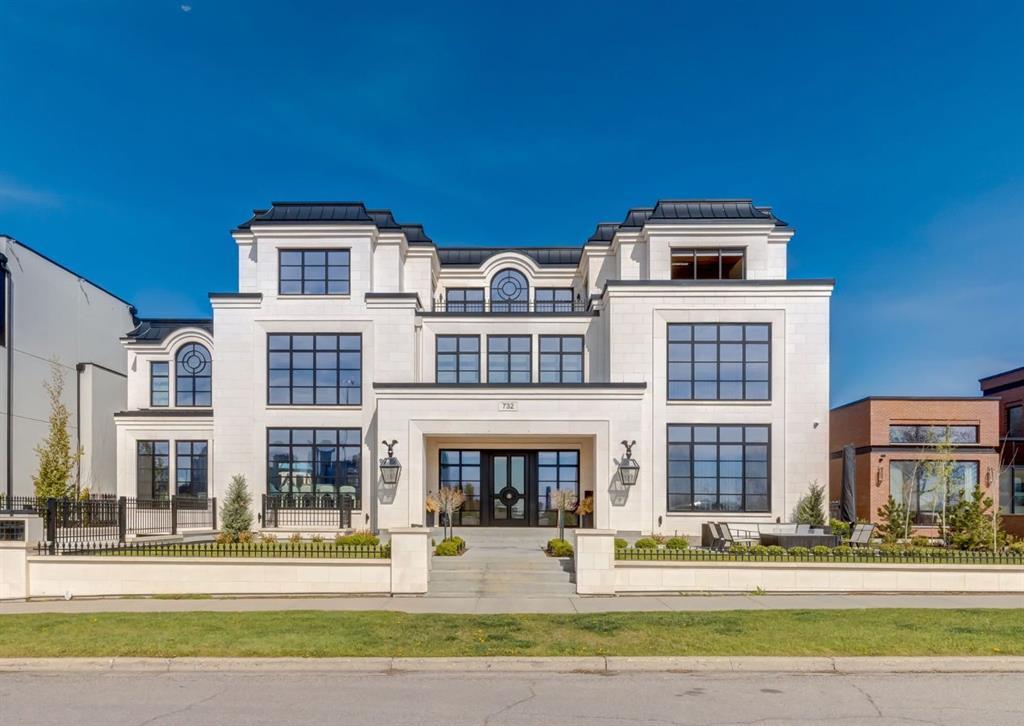
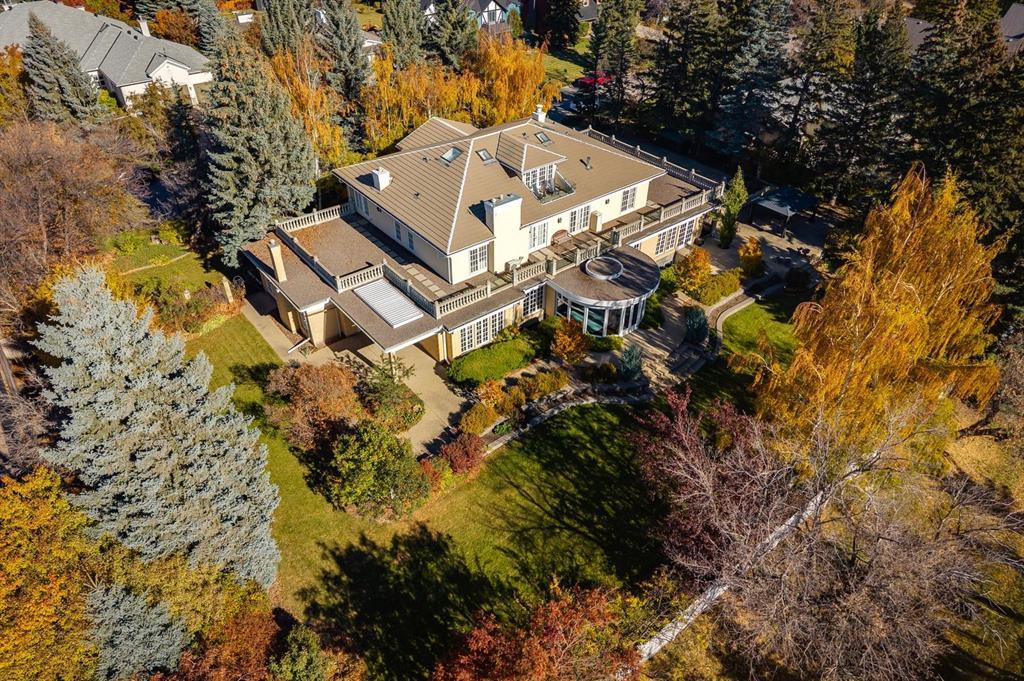
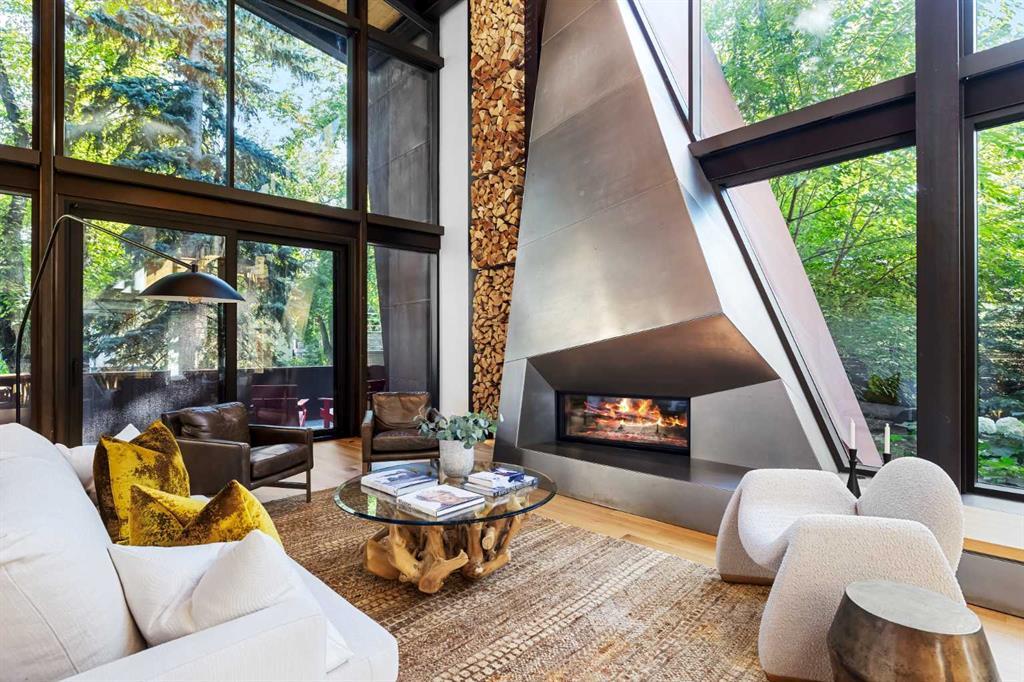

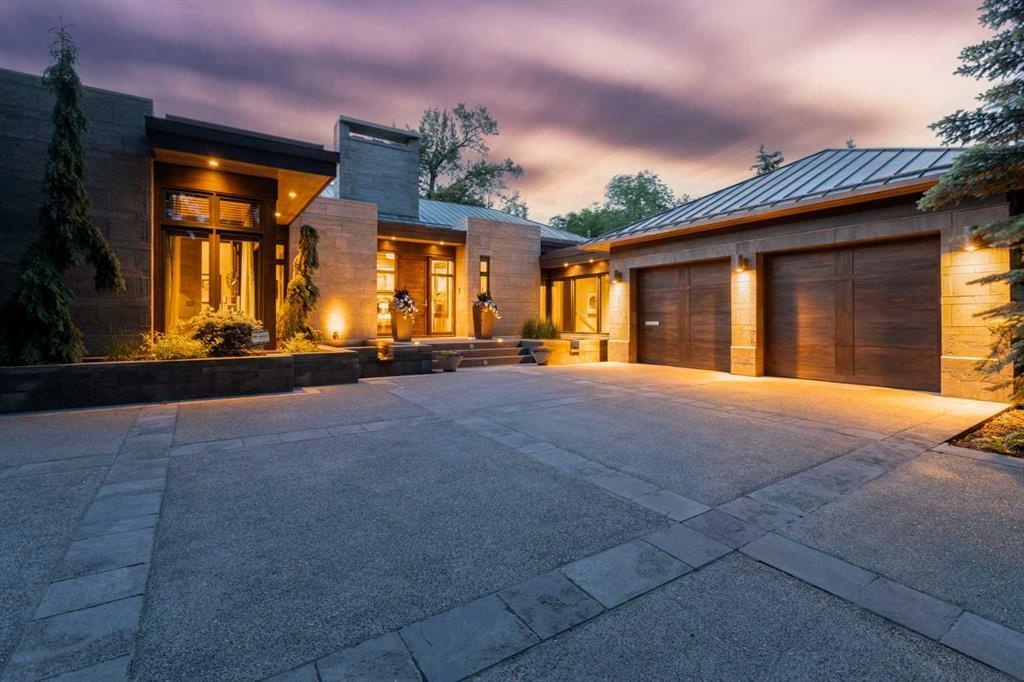

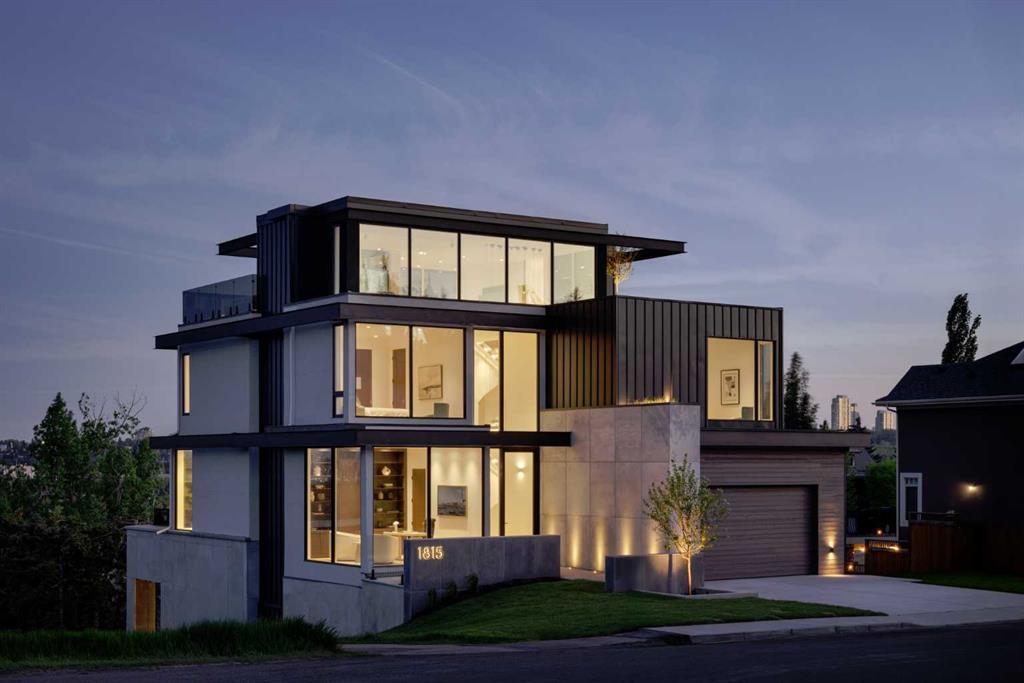


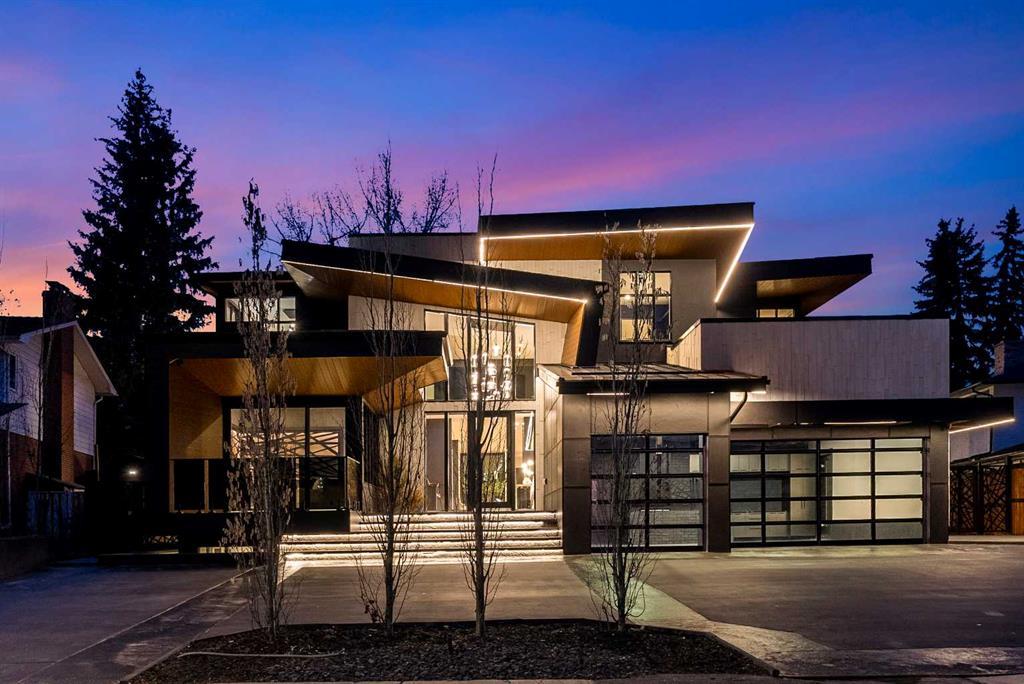


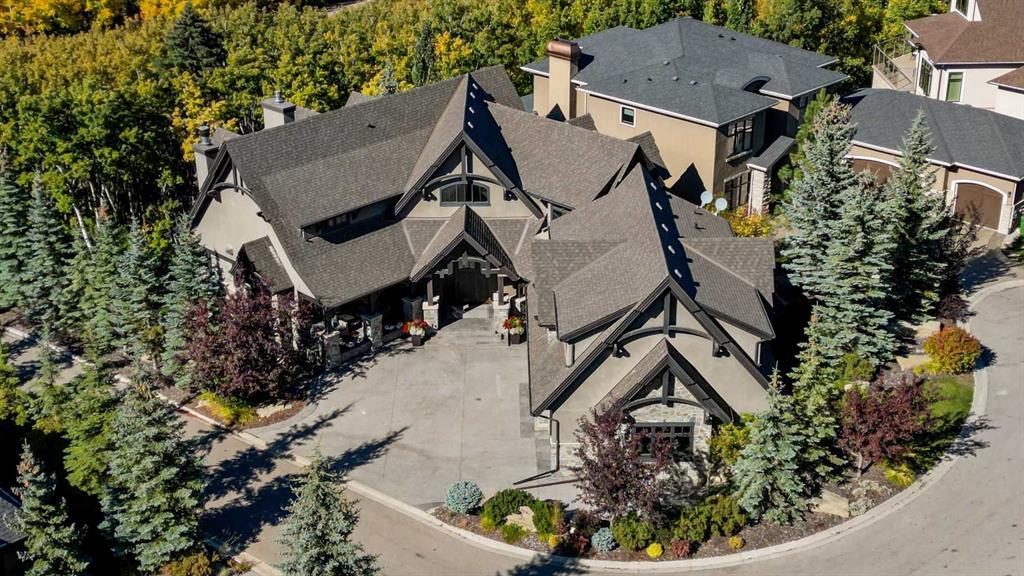




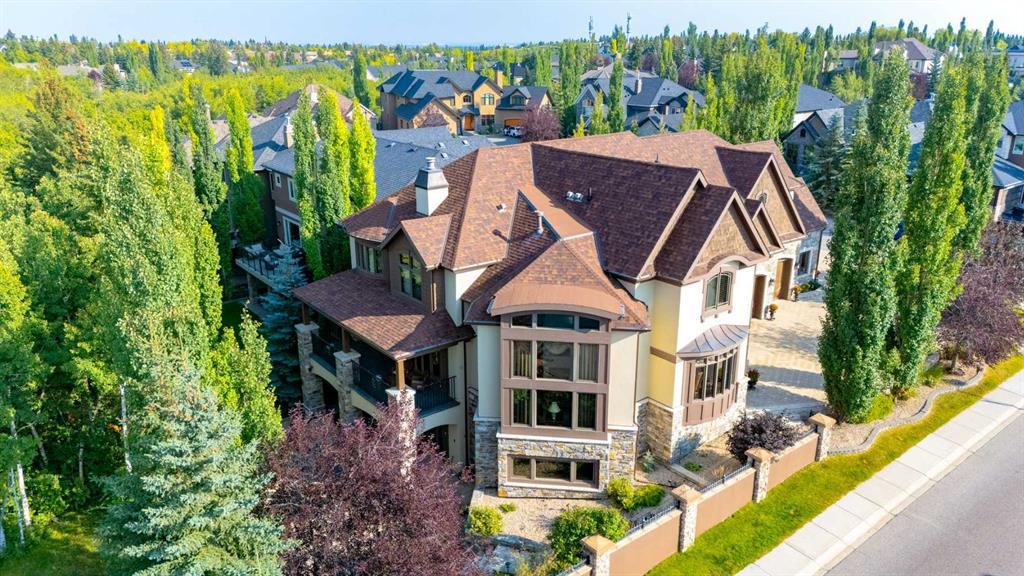
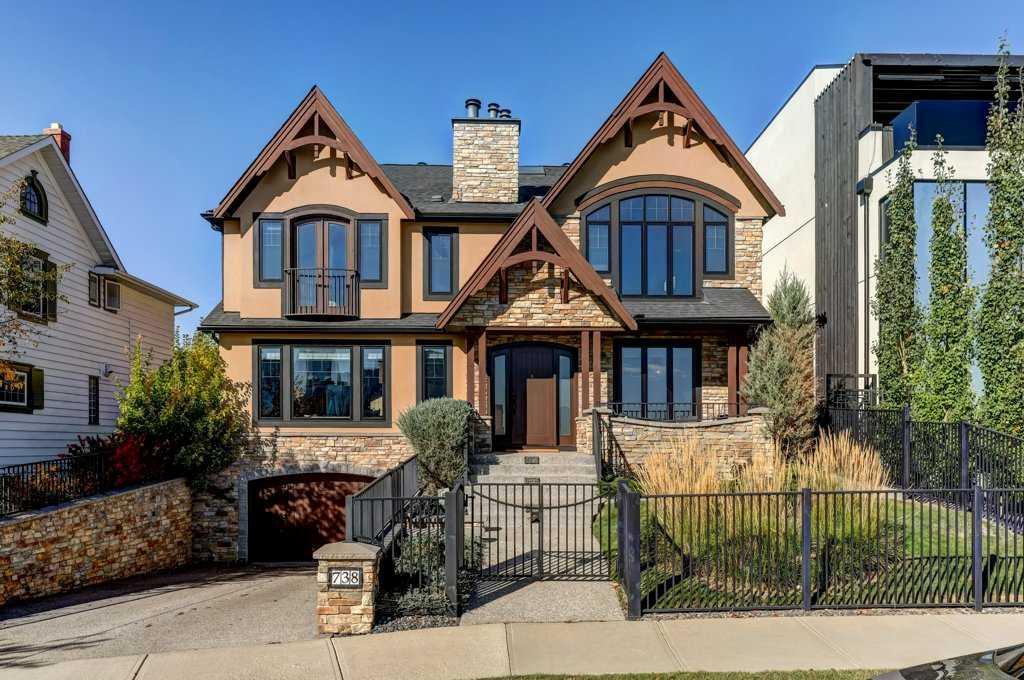
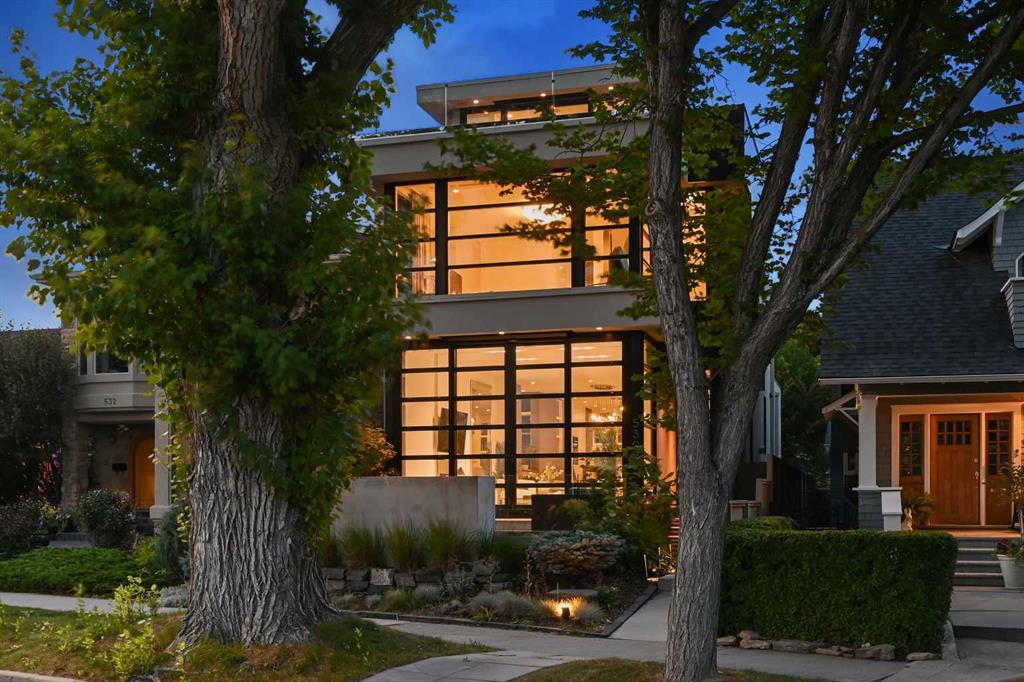
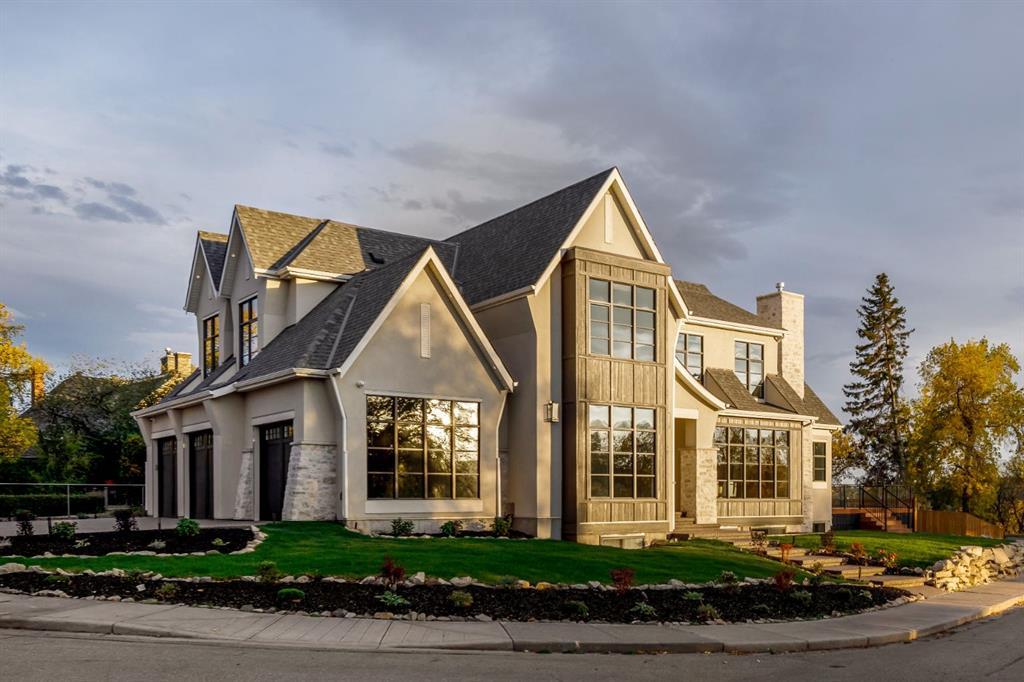

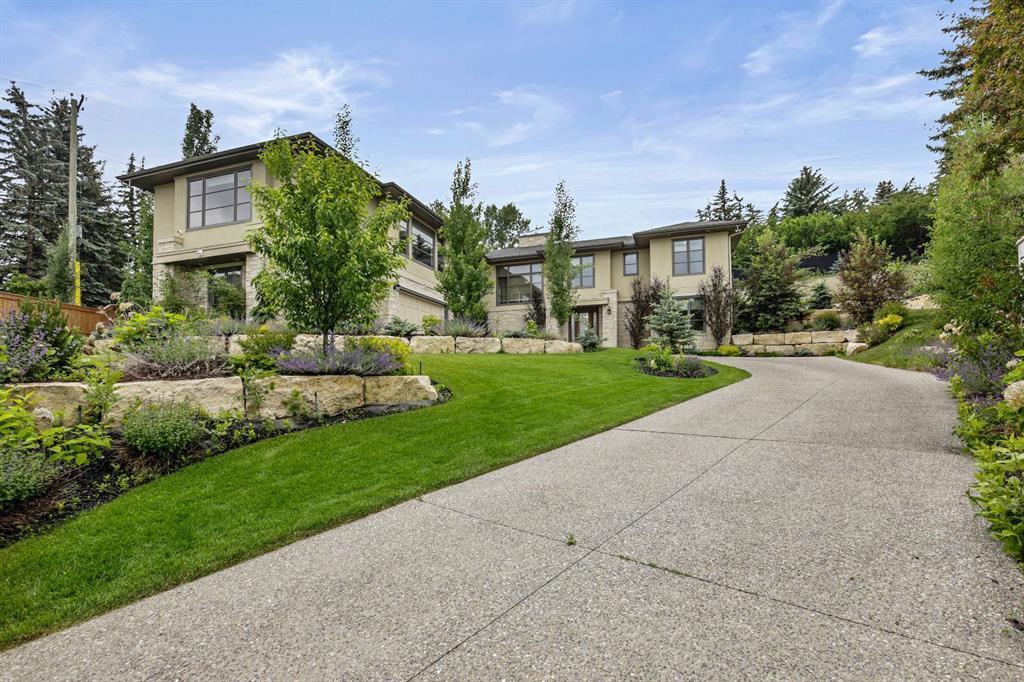
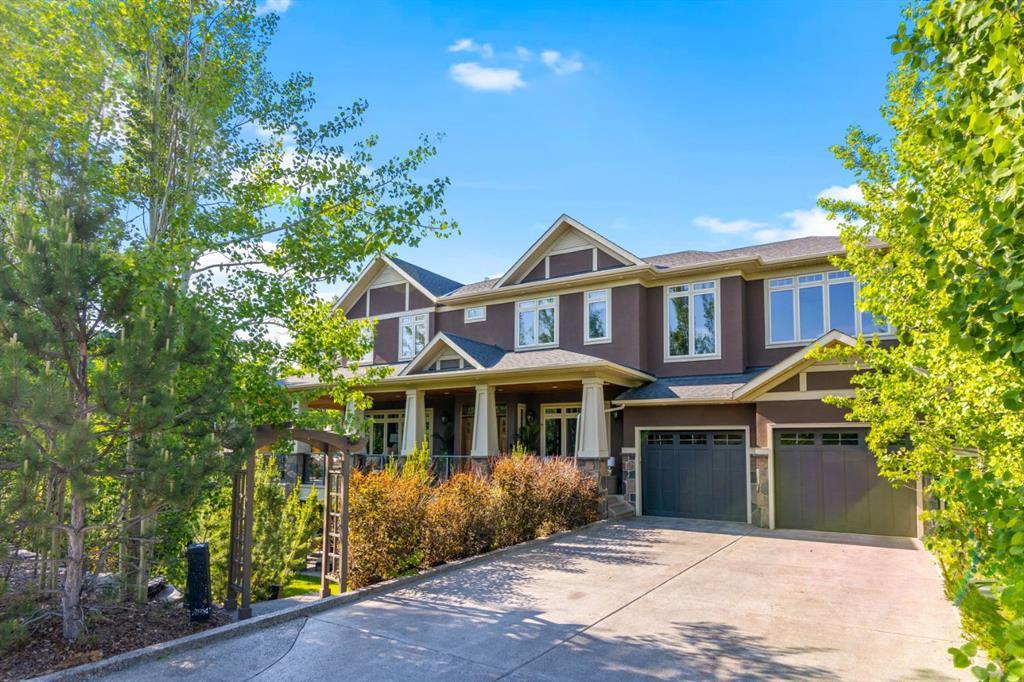
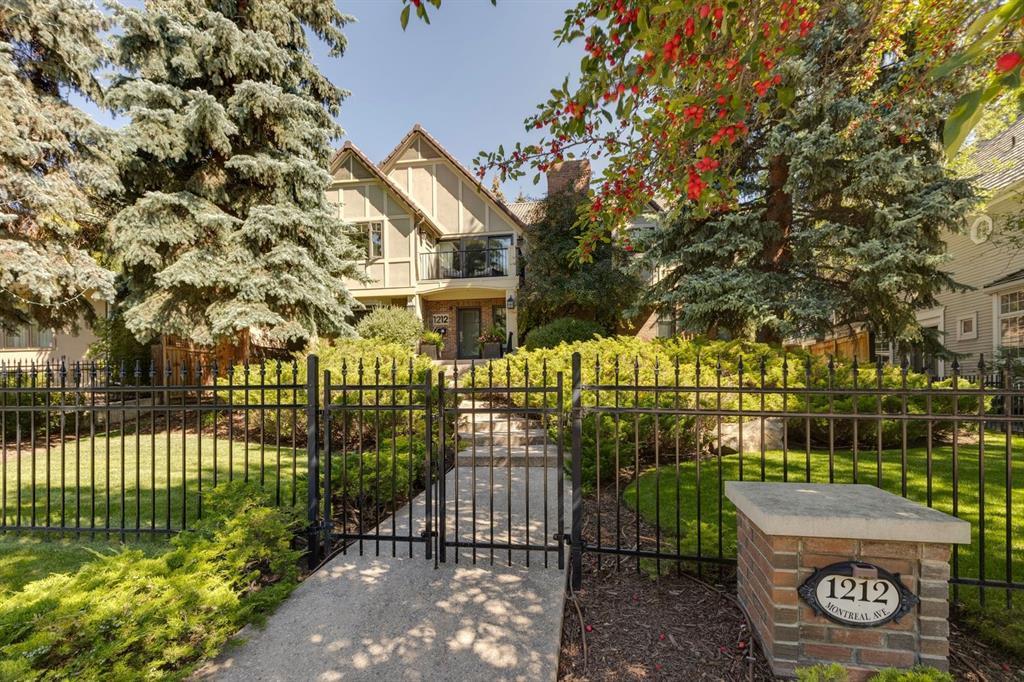

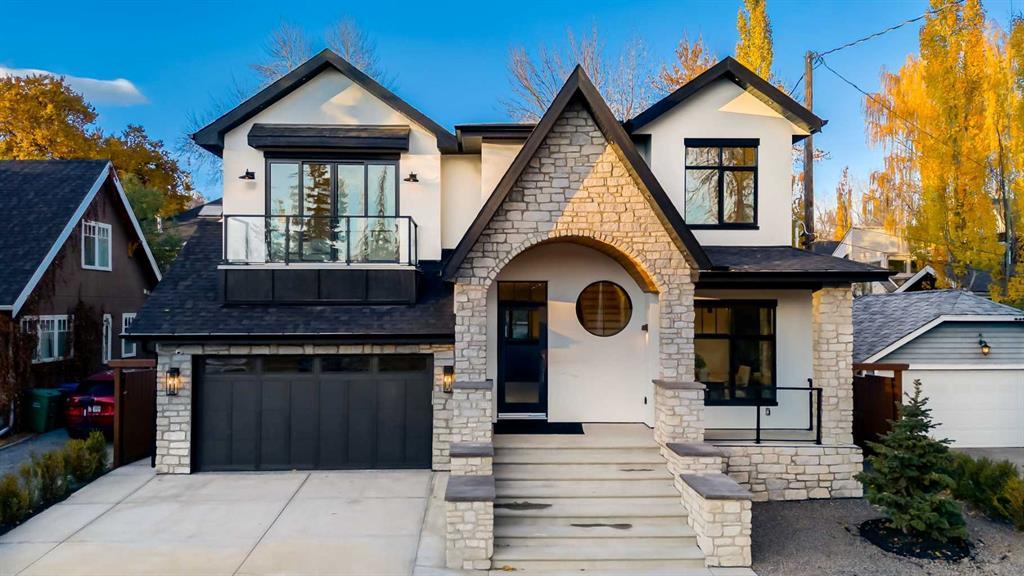
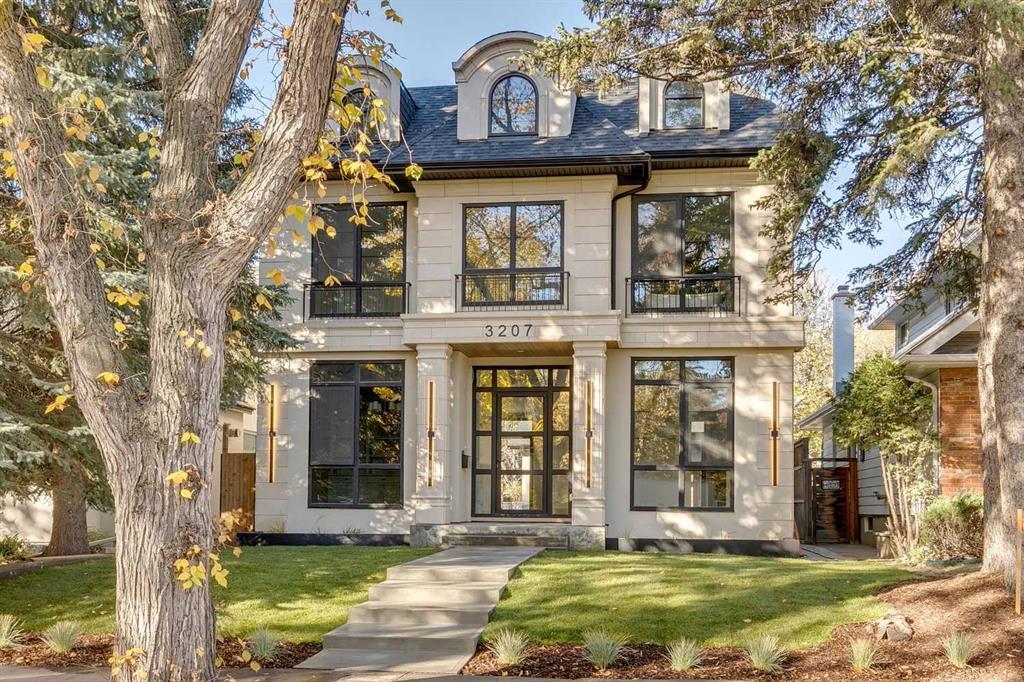
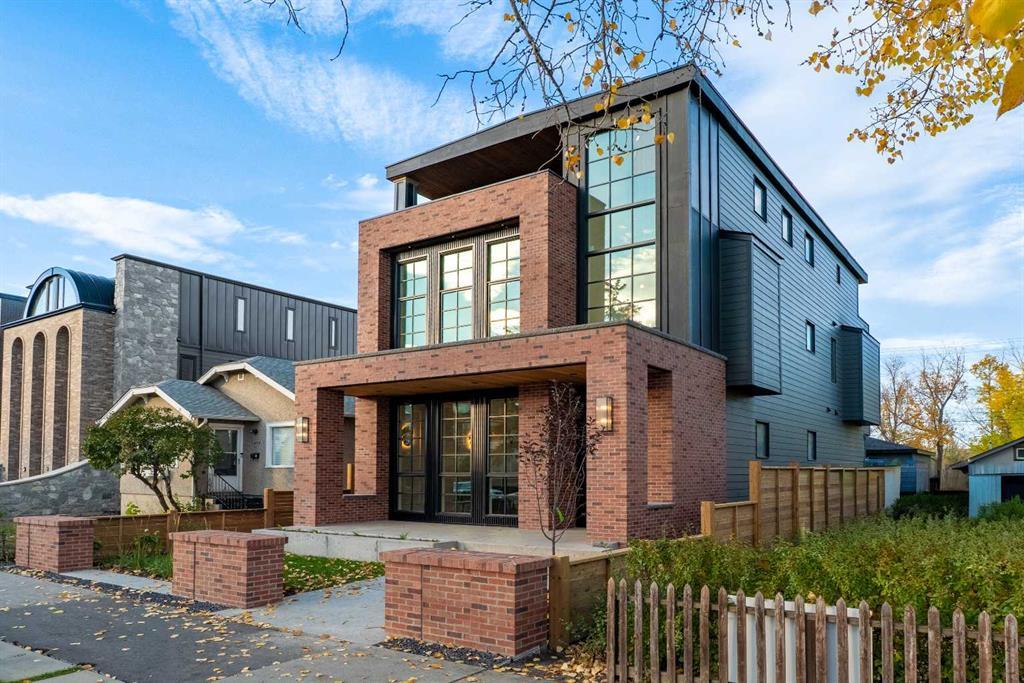
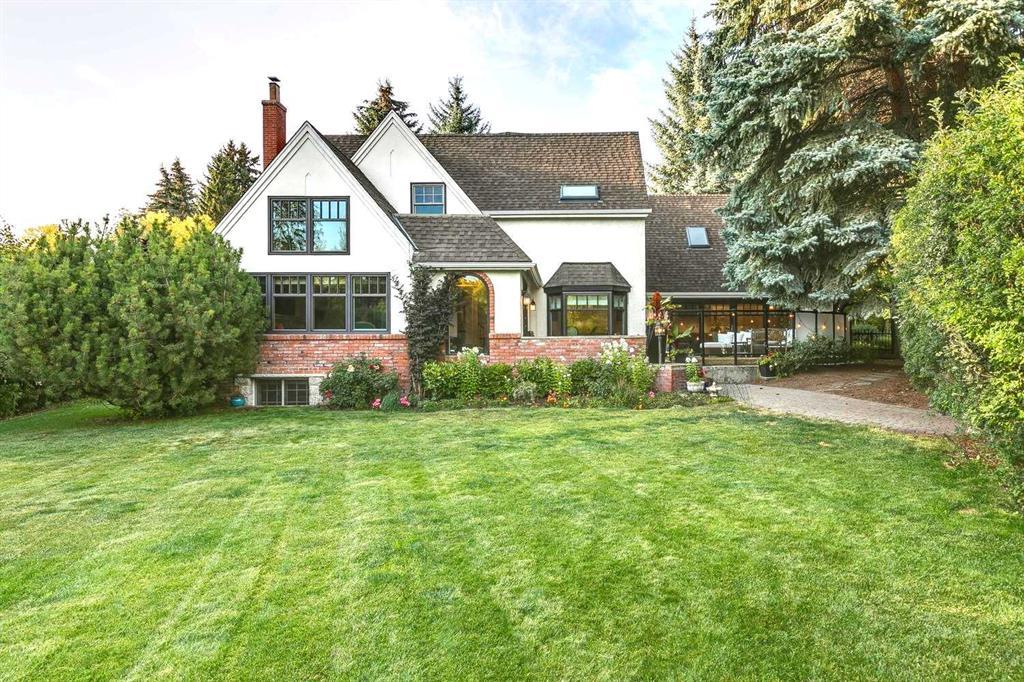
Leave A Comment